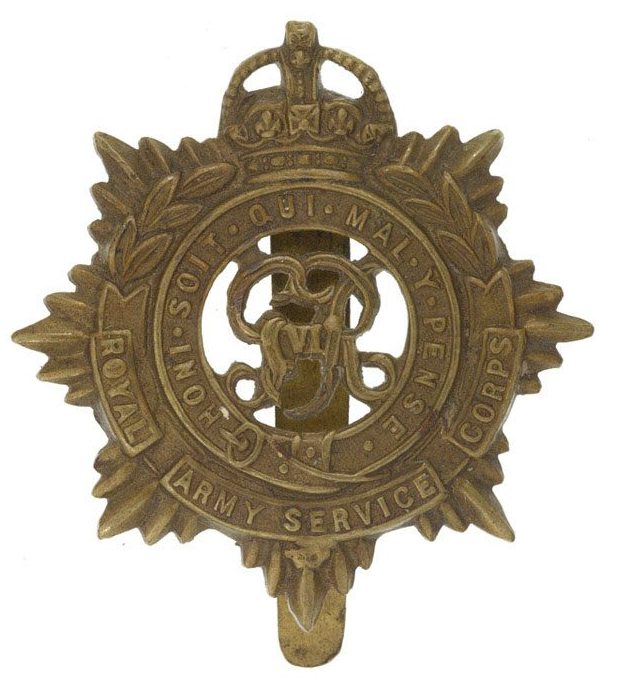Personal Details
Born: 30 May 1878 in Weymouth, Dorset.
Family: He was the fourth of nine children born to John Stickland, a groom, and his wife Mary, nee Laver. He married Margaret Elizabeth Sarah Louisa Hawkins on 6 August 1900 at West Coker Parish Church, Somerset. The couple had 5 children, Lillian Dorothy Violet, Gwendoline Sylvia May, Evelyn Winifred Ivy, Daisy Verena Hawkins, all born in Sherborne, Dorset and their son George Leslie who was born in Whitchurch, Shropshire.
Residence: From the time of his birth until at least 1908, Thomas was living in Dorset. In 1881 his family were living in Dewlish, near Dorchester and in 1891 Brown Street, Caundle, Sherborne. In 1901 and newly married his address was The Abbey, Sherborne. Ten years later, he and his family had moved to 14 Worthington Street, Whitchurch, Shropshire which was the address shown on the 1919 Absent Voters’ Register. By 1939 he was living at 54 Ramsbury Road, St. Albans, Hertfordshire. This was to remain his home until his death in 1960.
Employment: In 1901 his occupation was a domestic coachman and by 1911 a domestic chauffeur. He was described as a motor driver for hire on the 1939 Register.
Died: 3 February 1960 in St Albans, Hertfordshire, aged 81.
Military Details
Regiment: Royal Army Service Corps
Rank: Private
Service Number: M2/183808
Date of Enlistment: Not known
Date of Discharge: Not known
Reason for Discharge: Not known
Thomas was awarded the Campaign Medals (British War Medal, and Victory Medal)

The British War Medal (also known as 'Squeak') was a silver or bronze medal awarded to officers and men of the British and Imperial Forces who either entered a theatre of war or entered service overseas between 5th August 1914 and 11th November 1918 inclusive. This was later extended to services in Russia, Siberia and some other areas in 1919 and 1920. Approximately 6.5 million British War Medals were issued. Approximately 6.4 million of these were the silver versions of this medal. Around 110,000 of a bronze version were issued mainly to Chinese, Maltese and Indian Labour Corps. The front (obv or obverse) of the medal depicts the head of George V. The recipient's service number, rank, name and unit was impressed on the rim.
The Allied Victory Medal (also known as 'Wilfred') was issued by each of the allies. It was decided that each of the allies should each issue their own bronze victory medal with a similar design, similar equivalent wording and identical ribbon. The British medal was designed by W. McMillan. The front depicts a winged classical figure representing victory. Approximately 5.7 million victory medals were issued. Interestingly, eligibility for this medal was more restrictive and not everyone who received the British War Medal ('Squeak') also received the Victory Medal ('Wilfred'). However, in general, all recipients of 'Wilfred' also received 'Squeak' and all recipients of The 1914 Star or The 1914/1915 Star (also known as 'Pip') also received both 'Squeak' and 'Wilfred'. The recipient's service number, rank, name and unit was impressed on the rim.

